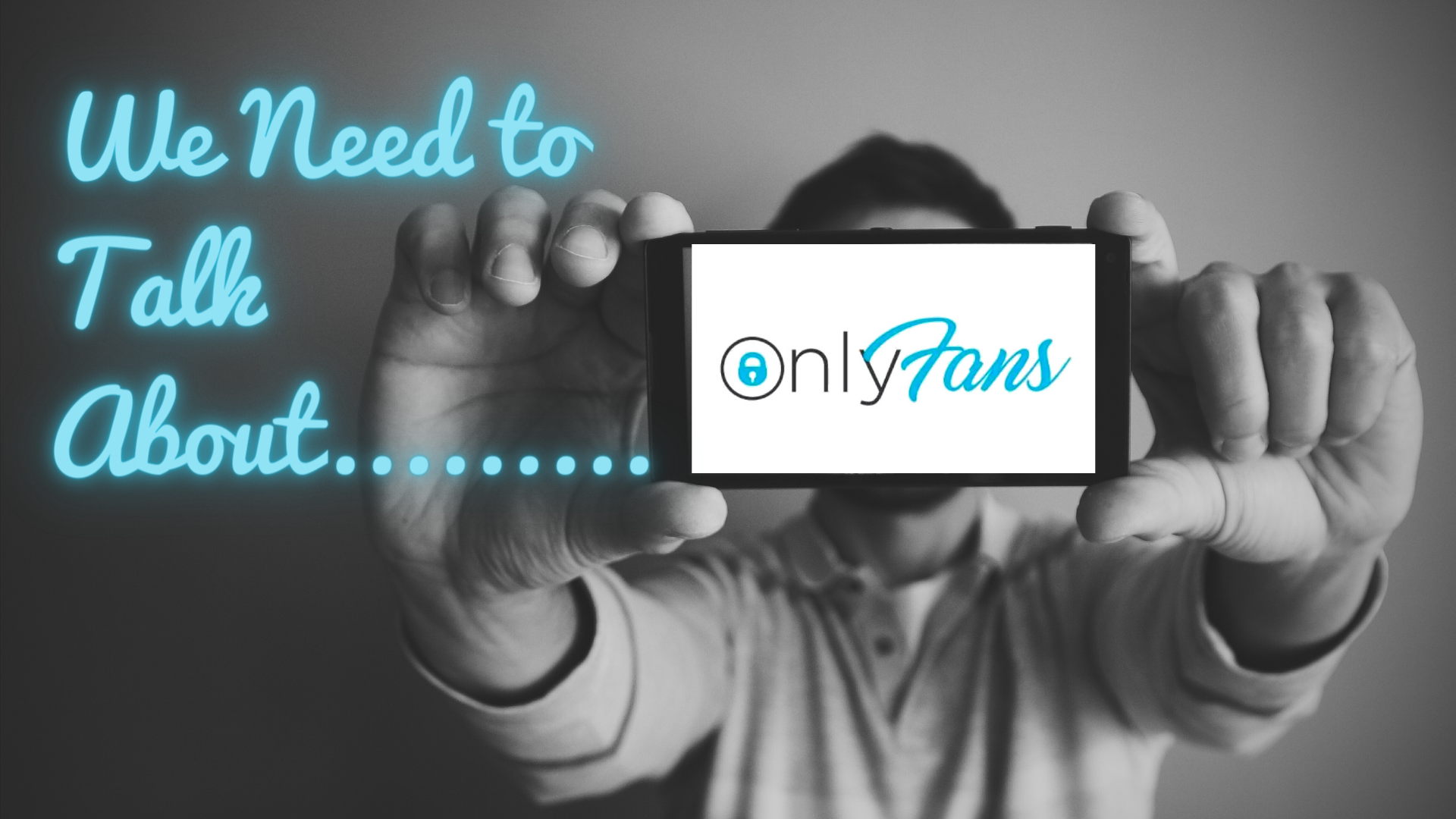At EndTab, we focus on preventing cyberstalking and online harassment through training and education. In 2021, OnlyFans.com is squarely on our radar. If you are a parent or work with students or victims, we think it should be on your radar too - many are already joining.
If you’re unfamiliar, OnlyFans is a social media platform that is proving to be uniquely dangerous for content creators, while simultaneously becoming extremely popular. The latter may be an understatement. In 2020, it grew from 7.5 million to 90 million users and jumped from 120,000 content creators in 2019 to over 1 million in 2020.
Why is it so popular? For content creators, the draw is financial. OnlyFans is a subscription-based social media platform where creators lock their content behind a paywall, and allow fans access for a monthly subscription, plus tips. For fans, the draw is access to exclusive - frequently pornographic - photos, videos and one-on-one chats that are prohibited on mainstream social media platforms. In fact, half of the site's 1 million creators offer adult content. And therein lies the problem.
The promise of high earnings and demand for adult content is drawing everyday students and young folks - with no prior experience - into online sex work. This immediately makes them targets for online abuse and violence. And yet these risks go unnoticed or are minimized at the promise of additional income.
With OnlyFans adding nearly 900,000 new content creators in 2020 and showing no signs of slowing in 2021, this is no longer a niche issue. The site is quickly becoming a mainstream platform, but with greater safety risks.
To be clear, the risk of experiencing revenge porn, harassment, impersonation and cyberstalking isn’t unique to OnlyFans. These types of abuse absolutely exist on mainstream social media sites. OnlyFans is simply a more dangerous breed - like Instagram on steroids - and must become part of the broader online safety conversation.
This starts with raising awareness about the risks before unsuspecting young content creators join the site. Here are three areas of concern a parent or educator can highlight when having these conversations:
Child Exploitation: OnlyFans is an adult site - you must be 18 to join - but underage creators are finding a way in. Minors were previously able to join by simply lying about their age and now are finding ways around the new age verification feature (providing a selfie with a valid ID).
For example, Hannah*, a 17-year-old girl from Scotland who has been selling explicit content of herself since she was 16, set up an account using a fake ID and was even able to rejoin after being reported as underage. And if this content is stolen and published elsewhere online, it can haunt the teen forever, which leads us to our next point…..
Nonconsensual Pornography: Creators who post adult content frequently report having their images stolen and uploaded to other sites like Pornhub and Reddit. Some even profit from reposting a creator’s stolen content. In the first half of 2020 alone, an estimated 3 million photos and 750 hours of video were leaked from the site.
There’s no way to stop fans from stealing content. It’s become such a problem that OnlyFans instituted a copyright team to help creators have their stolen content removed from other sites. While helpful, once a nude image is posted online, the creator must live with the reality that it can never truly be removed from the Internet. Their content can be repeatedly monetized by others and weaponized against them.
Intimidation: One may join believing they have control over their platform, but it’s an illusion. Novice creators may start out with limits to the scope and type of adult content they are comfortable providing. However, they subsequently report being pressured and harassed for increasingly pornographic and niche content. If they say no, they risk losing subscribers and the earnings on which they now rely.
This forces them to exceed their limits and puts the subscribers, not the creators, in control. It’s a dangerous path that can lead to (s)extortion, emotional distress, nonconsensual pornography and cyberstalking (one creator was sent a photo of her home by an angry subscriber).
To be clear, we are not here to tell people to not join OnlyFans. When we raise awareness about these issues, potential creators are empowered to weigh the risks and benefits before joining. We simply want to avoid the, “If I only knew this could happen, I would have never joined OnlyFans” conversation with abuse victims.
If someone does join, we hope they are in a position to establish firm boundaries, recognize signs of abuse and act quickly to block or report the offending party. We can’t stop people from becoming content creators - that decision is theirs alone - but we can try and help them do it safely.
